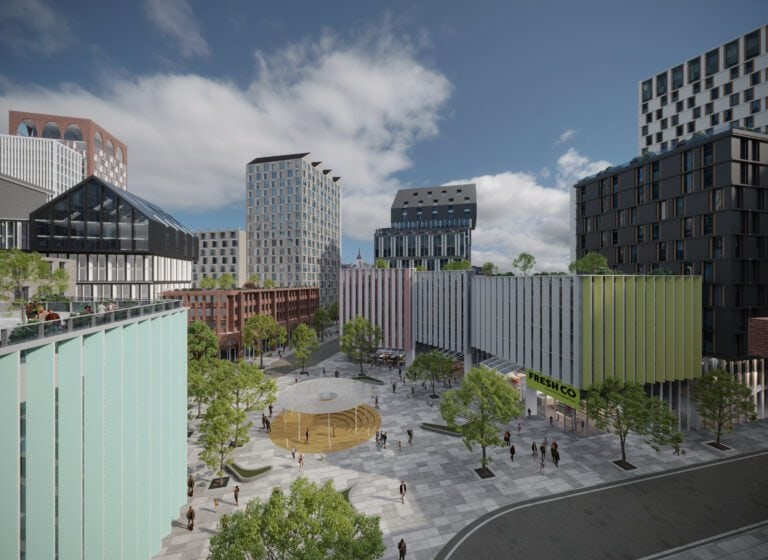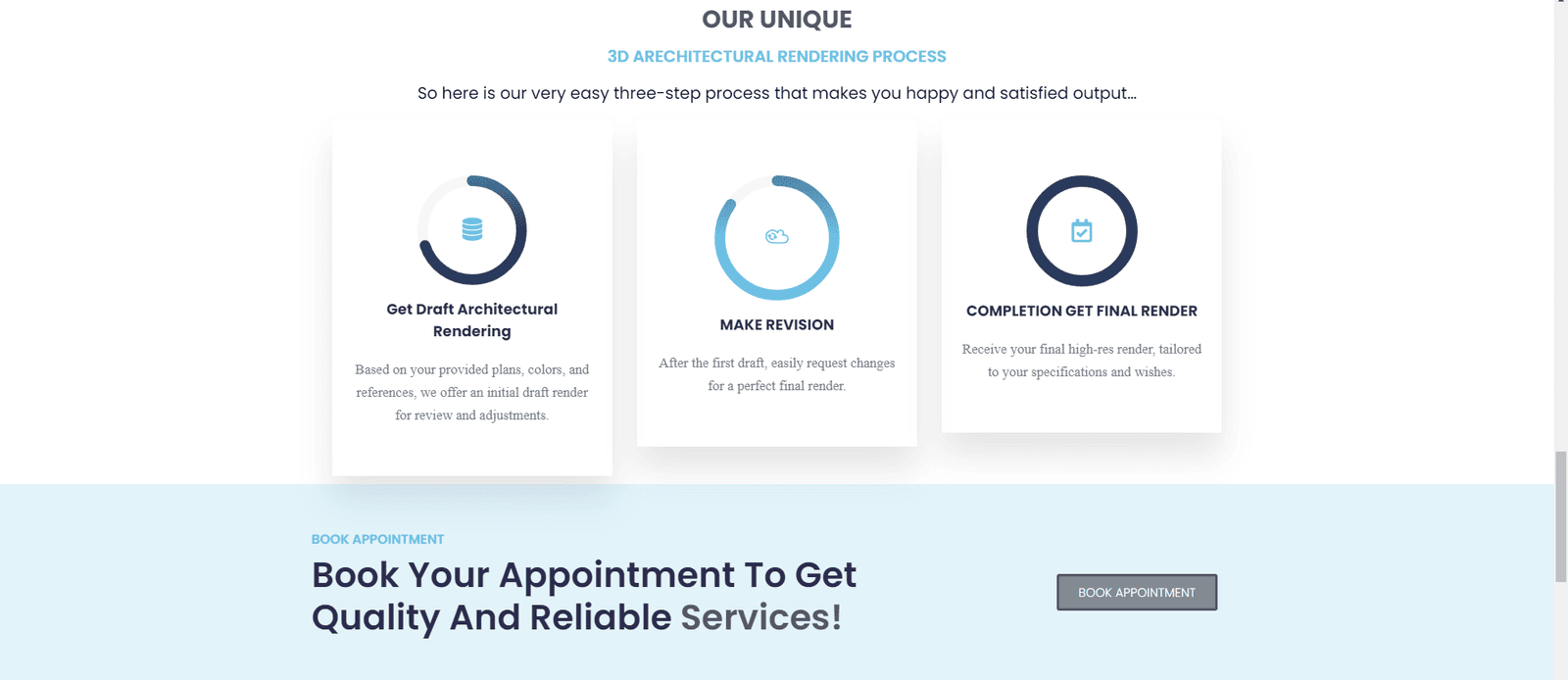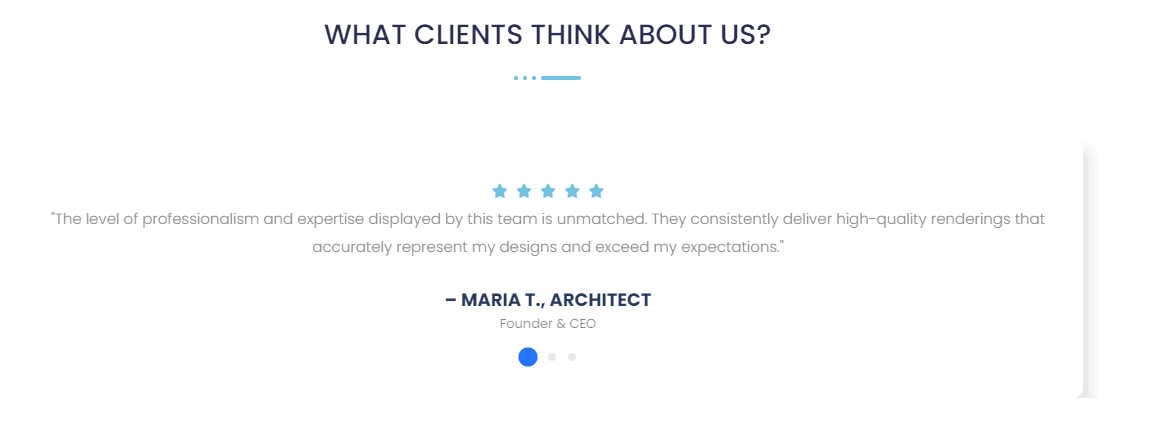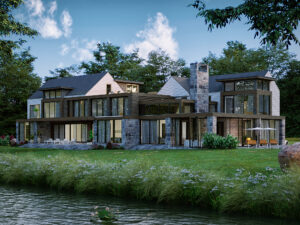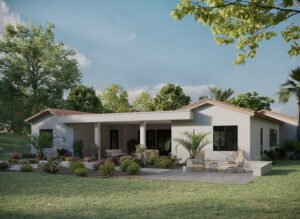Smart Workflows in Architectural Design:
Streamlining the Creative ProcessIntroduction
The architectural design landscape is witnessing a paradigm shift with the introduction of smart workflows. These innovative processes are not just about employing new tools; they’re about reimagining the entire creative process in architecture. Smart workflows leverage cutting-edge technology to enhance efficiency, creativity, and collaboration in design.
The Importance of Realism in Architectural Visualization
The transition to smart workflows represents a significant shift from traditional design methodologies:
-
From Manual to Automated:
Reducing repetitive tasks allows architects to focus on creative aspects.
-
Enhanced Collaboration:
Technologies like real-time rendering and VR facilitate seamless collaboration, regardless of geographical barriers.
-
Agile Design Processes:
Quick iteration and real-time feedback loops lead to more refined and client-centric designs.
The Role of Real-Time Rendering Tools
Real-time rendering tools are the cornerstone of smart workflows in architectural design:
- Instant Feedback: Changes in design are immediately reflected, enabling rapid iterations and adjustments.
- Client Involvement: Clients can actively participate in the design process, offering feedback that can be instantly incorporated.
- Enhanced Visualization: These tools offer a more realistic representation of the final product, aiding in decision-making.
Incorporating smart workflows has led to notable successes in various architectural projects:
- Efficient Project Completion: Projects that leverage smart workflows tend to complete faster and more efficiently.
- Improved Design Quality: With more time for creativity, the overall quality and innovation in designs have seen a marked improvement.
Benefits for Architects, Designers, and Clients
The adoption of smart workflows brings myriad benefits to all stakeholders involved:
- Architects and Designers: Enjoy more creative freedom and less time spent on mundane tasks.
- Clients: Benefit from a more transparent and engaging design process, leading to designs that better align with their vision.
Conclusion: Embracing the Future of Architectural Design
Smart workflows represent the future of architectural design – a future where technology and creativity coalesce to produce extraordinary results. At 3D Praxis Studio, we’re committed to staying at the forefront of this evolution, ensuring that our clients always benefit from the most efficient, innovative, and collaborative design processes.

